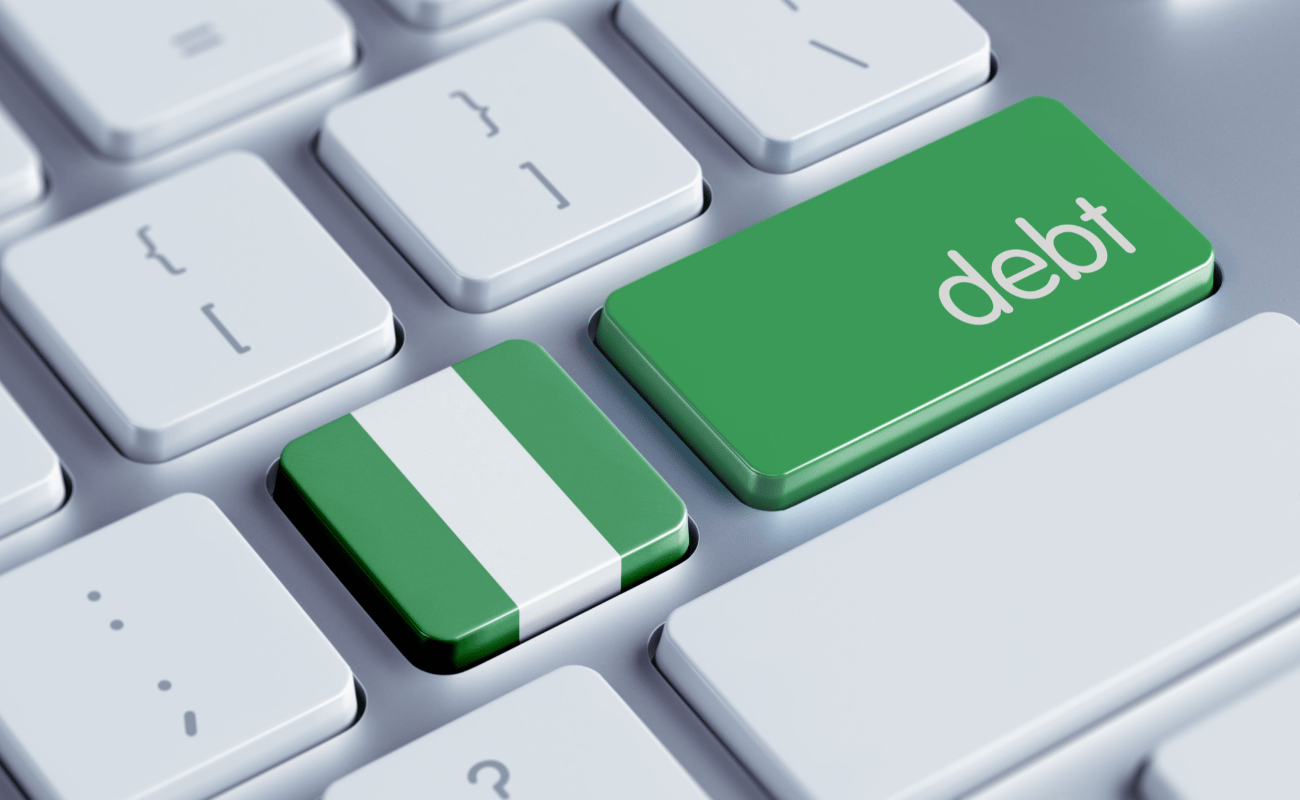
By Praise Laoye
On April 30, 2025, Nigeria made headlines by clearing its $3.4 billion COVID-19 loan from the International Monetary Fund (IMF). The IMF confirmed the repayment in May, calling it a milestone. Some hail this as progress but is it really? When we zoom out, Nigeria’s debt story is far bigger than one loan.
From Farms to Oil: The Beginning of the Cycle
In the 1960s, Nigeria stood tall as an agricultural powerhouse. Cocoa, groundnuts, cotton, and palm oil contributed over 60% of GDP and around 70% of exports. Agriculture built schools, roads, and regional growth.
Then came oil. With crude discovered in Oloibiri in 1956 and prices soaring in the 1970s, Nigeria pivoted almost entirely to petroleum. By the early 1980s, oil accounted for more than 80% of government revenue and over 90% of exports. Agriculture shrank to less than 25% of GDP. Oil money was easy and so were loans.
The Debt Trap
As borrowing soared through the 1970s and 80s, debt piled up. When oil prices collapsed in the mid-1980s, revenues dried up, but repayments didn’t. By the early 2000s, Nigeria’s external debt had ballooned past $35 billion, with annual servicing swallowing nearly all foreign exchange
The Big Relief of 2005
A breakthrough came in 2005, under President Olusegun Obasanjo. With Nigeria’s external debt choking growth over US$35 billion owed mostly to the Paris Club of creditor (19 wealthy nations) his government went to the negotiating table.
Under President Olusegun Obasanjo and Finance Minister Ngozi Okonjo-Iweala, Nigeria struck a landmark deal with the Paris Club of creditors.
The Paris Club of creditors agreed to cancel $18 billion of debt, in exchange for Nigeria paying about $12 billion upfront from oil earnings. The deal wiped out around 60% of Nigeria’s external debt, one of the largest debt relief packages in history. The external debt fell from $35 billion to less than $5 billion and for a moment, Nigeria was free.
Okonjo-Iweala later described the tense negotiations in her memoir Reforming the Unreformable: “We were negotiating with some of the world’s richest countries, and they were not in the business of giving money away. It took relentless persistence to convince them that Nigeria was serious about reform and deserved a second chance.”
The second chance wasn’t wasted overnight, but slowly, over years of missed opportunities. Instead of using the space to diversify the economy and boost non-oil revenues, Nigeria drifted back into old habits. A proof that debt relief alone cannot fix deeper structural weaknesses.
As the oil booms and busts continued, governments returned to borrowing locally and externally. By March 2025 public debt had ballooned to ₦149.39 trillion (about $100 billion) ₦70.63 trillion owed externally to the likes of World Bank, China, Eurobond investors and others ₦78.76 trillion locally borrowed through bonds, treasury bills and the Central Bank.
Debt service now gulps up over 60% of government revenue each year. In 2023, Nigeria earned about ₦11 trillion, but nearly ₦7 trillion went to debt servicing alone leaving crumbs for schools, hospitals, or infrastructure.
The IMF Loan Clearance: A Small Win in a Bigger Struggle
Yes, clearing the IMF’s $3.4 billion COVID-19 loan is a positive headline. It shows Nigeria can meet obligations. But with ₦149 trillion still hanging overhead, the repayment is just a drop in a very large bucket. The debt cycle continues, driven by low revenue, heavy reliance on oil, and persistent budget deficits.
The real question is not whether Nigeria can clear one loan, but whether it can break free from the pattern that keeps dragging it back.
So, is Nigeria seeking debt relief again?
Officially, the government says no. In 2024, Foreign Affairs Minister Yusuf Tuggar stated clearly that Beijing is a partner for fresh loans and investment, not cancellation.
At the UN in 2024, President Tinubu didn’t beg for cancellation. He asked for something broader: a rethinking of the global financial system.
He urged creditors and multilateral institutions, the IMF, World Bank, African Development Bank, and others to adopt policies that ease repayment for developing nations. In his words, countries of the Global South deserve “special concessions” and a review of their current debt burdens.
Therefore, Nigeria is not begging for every loan to be canceled. It is pushing for policies that restructure and soften repayment, creating breathing space for growth rather than allowing debt servicing to devour the national budget.
But at home, the federal government has proposed a fresh borrowing plan of $21.5 billion for 2025–2026.
Nigeria’s debt problem is not just about creditors or global systems it’s about us. For decades, we’ve repeated the same pattern: abandoning agriculture, chasing oil money, borrowing recklessly. Relief in 2005 should have been our clean slate. Instead, we are writing the same story all over again.
The President can plead at the UN for fairer terms, but if Nigeria doesn’t change how it earns, spends, and manages resources, then no Paris Club, no IMF, no China will save us. Because the real enemy isn’t debt. It’s dependency. It’s corruption. It’s leaders who borrow to survive today while mortgaging tomorrow.
Until Nigeria faces this truth, we’ll keep celebrating crumbs while sinking deeper into the pit.
Recent Posts
Categories
- Blog (79)
- News/Press Release (14)
- Ongoing Projects (1)
- Past Projects (1)
